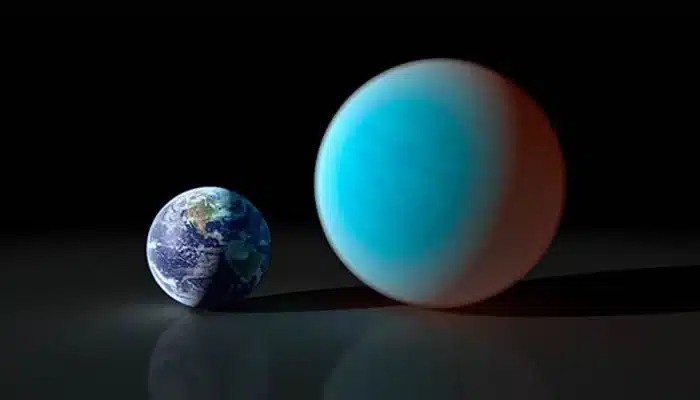Why sub-Neptune planets dance rhythmically?
Planetary scientists have discovered the sub-Neptune planets that dance in time with the rest of their planetary systems and are less dense than those that don’t.
Despite being notably absent from the solar system, sub-Neptunes are the most common planets in the Milky Way, reported Space.
Sub-Neptune planets are exoplanets with sizes between those of Earth and the ice giant Neptune. Between 30% and 50% of sun-like stars are orbited by at least one sub-Neptune, as per an estimate, however, despite these worlds appearing easily, scientists studying extrasolar planets, or exoplanets, have encountered difficulty measuring sub-Neptunes’ densities.
Sub-Neptunes seem to split into two distinct categories: “puffy” and “non-puffy” on the basis of the techniques used for these measurements.
For around 4 billion years, this rhythmic dance performed by the sub-Neptunes has existed around the bright orange star HD 110067. Interestingly, it is about equal to the time the solar system has existed. Despite it being fascinating, it doesn’t signify why the sub-Neptunes seem to be less dense in this system
“The numerical models of planetary system formation and evolution that we have developed at Bern over the last two decades reproduce exactly this trend: planets in resonance are less dense,” Yann Alibert, a professor at UNIBE’s Space Research and Planetary Sciences Division and member of the discovery team, said in a statement.
“This study, moreover, confirms that most planetary systems have been the site of giant collisions, similar or even more violent than the one that gave rise to our Moon,” he added.

